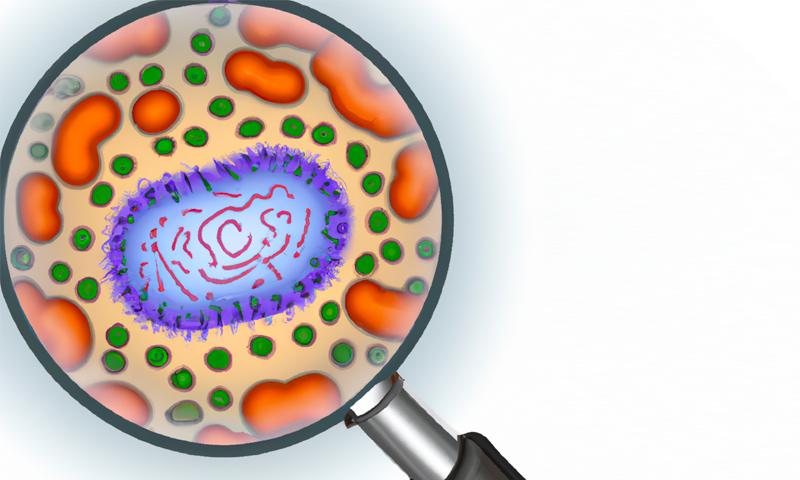
by Alexa Juran | Dec 21, 2023 | Blog, Blog Highlight
If you are like most professionals in the HAI space, you probably spend your days (hopefully not your nights) thinking about AMR outbreaks driven by clonal bacterial transmission. While these outbreaks certainly represent the majority, there is a growing concern for...

by Alexa Juran | Aug 24, 2023 | Blog
One of the upsides of using whole genome sequencing for HAI outbreak detection is that you can take a deeper look into the genetic composition of pathogens and characterize drivers of resistance and spread. When you know what resistance markers you are searching for,...

by Alexa Juran | Jun 29, 2023 | Blog
Industry standards warrant a 6-week period of continual surveillance of a hospital cluster outbreak at the point of last detection, but is that enough? How can we tell if 6 weeks are enough? How can we know if our outbreaks are related to each other or maybe even one...

by Alexa Juran | Apr 13, 2023 | Blog
Have you been having nightmares about your elderly neighbor becoming infected with Cordyceps and relentlessly chasing after you to spread the “conscious” fungus through a fresh bite? You may have if you have spent the last few months watching HBO’s “The Last of Us”...

by Alexa Juran | Feb 21, 2023 | Blog
Time for a change of pace. We usually talk about hospital acquired infections in our Lab Services Blog, but a recent blog article from Eric Topol asking why whole genome sequencing isn’t used for infectious disease diagnostics got us talking. Sequencing-based...

by admin | Sep 28, 2022 | Blog
We often get asked what other institutions are doing for their infection control and outbreak detection and how many are actually using whole-genome sequencing (WGS) routinely for outbreak transmission investigations. Well, the answer is…. complicated… Integrating WGS...






